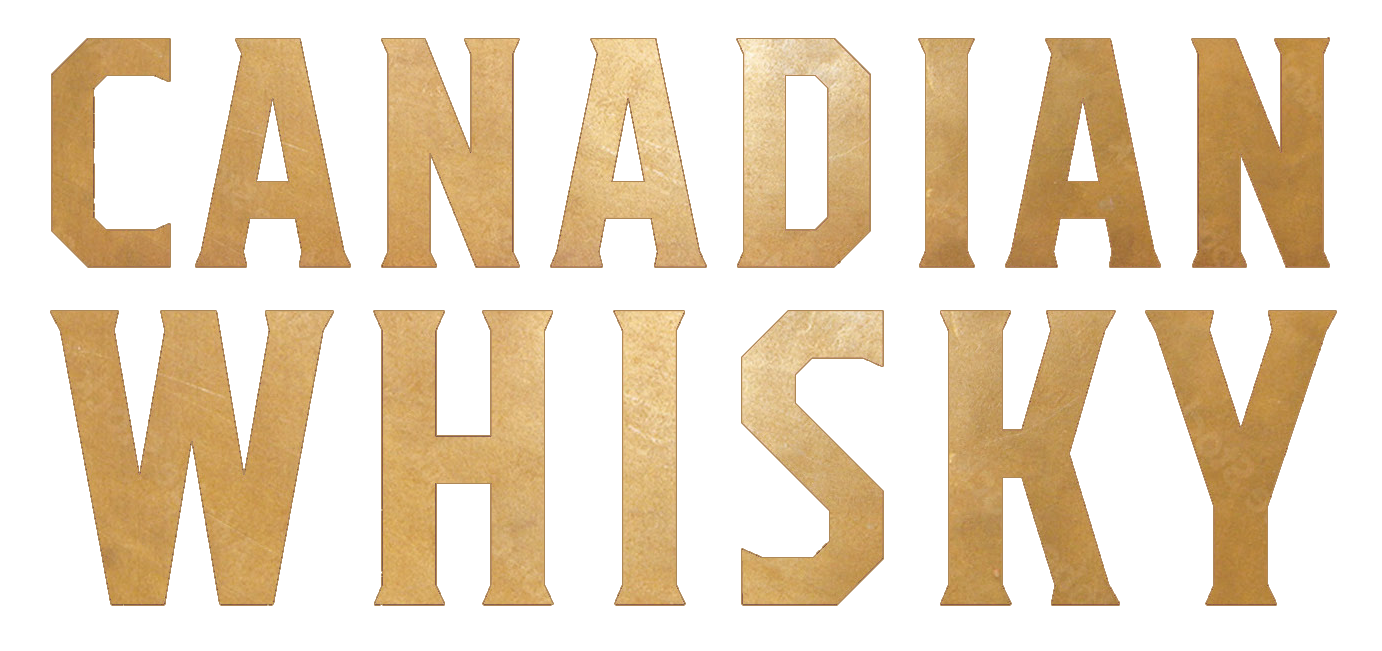Why is Canadian whisky called rye?
Since Canadian whisky is mostly made from corn, why is it known everywhere as “rye?” History, culture, and national pride blend in the distillery. Two centuries ago, Canadian flour millers began making whisky from their excess wheat. This was when wheat was the predominant grain for Canada’s pioneers. Along the way, someone decided to spice up their whisky by adding a small amount of rye grain to it and a distinctly Canadian whisky style was born.This tangy new whisky packed more flavour than common wheat whisky and almost everyone preferred it. Customers started demanding "rye" - wheat whisky with a small amount of rye grain added. Eventually, the word “rye” entered the Canadian lexicon as a synonym for whisky.In the twentieth century some Canadian distillers began using corn to make their whisky. Driving across the Ontario corn-belt today, you would never suspect that these hardy varieties of corn were not even developed until the 1950s. Before that, when corn was used for whisky-making it was imported from the U.S. But why corn? Quite simply, corn produces more alcohol than wheat does. And by adding even a small amount of rye-grain whisky, distillers can still maintain that traditional and distinct Canadian whisky flavour.In the mid-twentieth century, whisky makers in the States decided that their “straight rye” had to be made from a mash of at least 51% rye grain. Some whisky fans took this to mean that Canadian rye, made with smaller amounts of rye grain, is not “real rye.” But that makes no sense. Rye grown on the fringes of cultivation is a lot spicier than that grown in more southerly climes.Moreover, these American regulations arrived nearly 150 years after Canadians had already defined what rye whisky meant to them. In Canada, rye is a flavour and some of the same congeners (flavourants) derived from rye are also found in well-seasoned oak barrels.There is another twist to the tale. In the U.S., distillers blend the grains before mashing them, in what they call a mash bill. In Canada distillers generally mash the individual grains separately then bring them together as new spirit or matured whisky. So, 51% rye or not, today the concept of a mash bill is essentially meaningless in Canada. American distillers make it their way and Canadian distillers theirs.And there’s more: When corn is fermented it produces large amounts of alcohol. Fourteen percent alcohol is the norm in a corn mash but often it goes higher. Rye on the other hand produces in the range of 8% alcohol, often less than that. So a mash of 51% rye and 49% corn is still producing a lot more corn whisky than it is rye. Thus, Canadian distillers who blend at the liquid stage rather than as dry grain get proportionally more impact from the rye grain they use.In the U.S. “straight” whisky must be aged in brand new charred oak barrels. These barrels are so loaded with flavours of their own that they can overpower the influence of the grain. Even though rye grain is spicy and rich in flavour, American distillers use a high percentage of rye to ensure that its natural flavours can survive the burst of oak flavours from inside the barrel.In Canada, though, rye whisky is aged in a mixture of barrels that have already been used one or more times, as well as in new ones. Re-used barrels bring additional flavours to the whisky that are not detectable in whisky that has been aged in new oak. Some of these flavours taste like rye. And because the oak flavours are more subtle overall in re-used barrels, it takes a relatively smaller amount of rye grain to get a great surge of rye flavour.Today, as micro-distilleries spring up across Canada, many hope to revive the “tradition” of all-rye Canadian whisky. But it’s a tradition that exists more in the imagination than in reality. Canada’s early settlers grew rye grain as a stop-gap, because they knew that it thrived in poorly cultivated, recently broken soil. As well, rye grew tall and was easy to harvest by hand under primitive pioneer conditions. But as soon as rough land became tilled fields, farmers switched from rye to more bountiful wheat, and distillers stopped using rye grain, except in small amounts for flavouring.So is Canadian whisky really “rye”? You bet it is, and more recent U.S. definitions notwithstanding, that’s the way it has been for some 200 years now.Click here to read this article as it first appeared in 2013 in Whisky Magazine #112.

